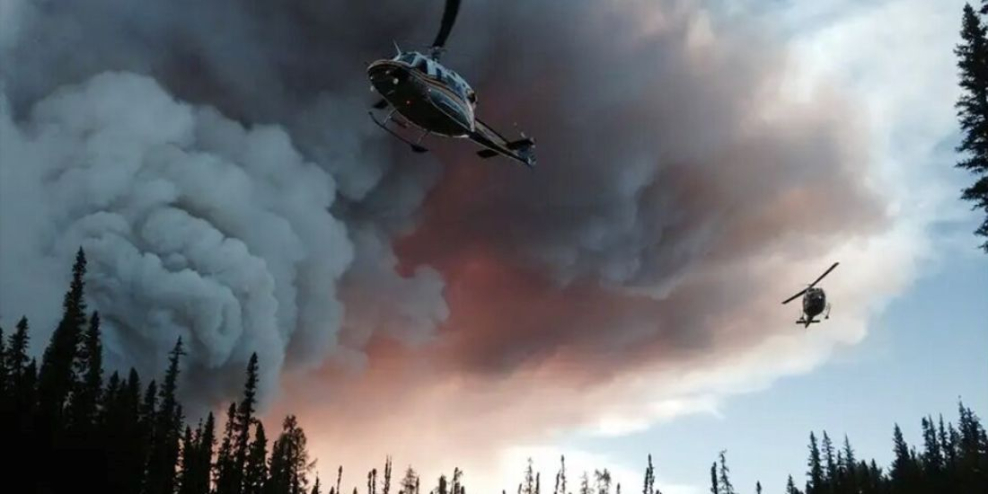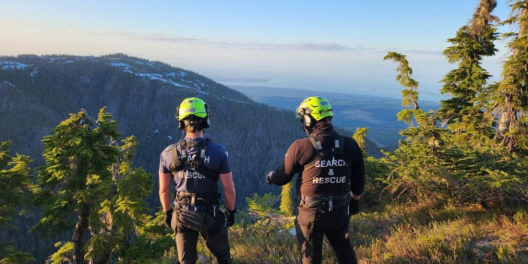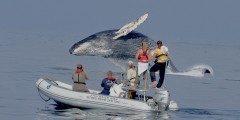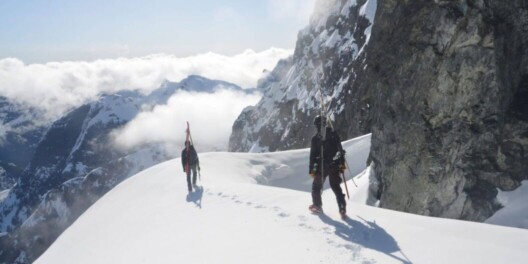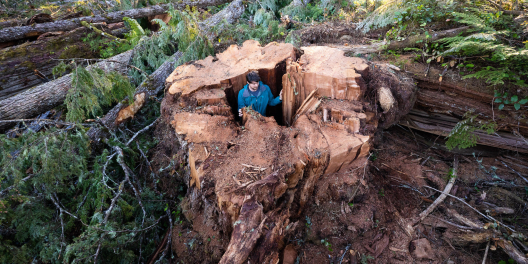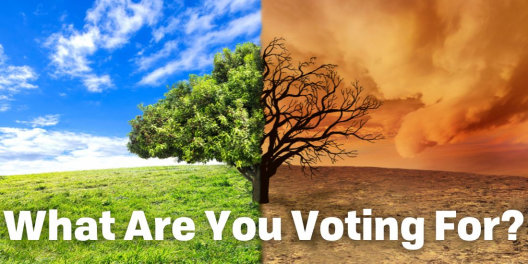This year’s wildfires are already some of the most severe ever witnessed in Canada.
“This is, unfortunately, what we had envisioned was coming in 30 to 50 years, but we’re experiencing it now,” said Lori Daniels, a researcher in UBC’s Department of Forests and Conservation Science.
Firefighters from our hometowns and around the world are doing their best to fight them.
It’s admirable to see, but it begs the question.
Why are we spending so much money to fight fires instead of preventing them?
We’re not the only country facing this problem. United Nations International Strategy for Disaster Reduction (UNISDR) discovered a major flaw in fire management: we spend most of our money on responding to and recovering from fires instead of preventing them.
The current approach results in more fires and money being spent on fighting them. It also risks the lives of the men and women that fight them and anyone else living near or downwind of wildfires.
Robert Gray, an AFE-certified wildland fire ecologist with over 40 years of experience, recently wrote an article for Globe and Mail.
He described where he says we’re going wrong in or approach to wildfires.
“BC needs to follow the Sendai Framework principles and tackle fire risk reduction at the scale of large landscapes: Start with communities, but then move out to watersheds and the larger landscape.”
The Sendai Principles change the focus from trying to whack-a-mole disasters as pop up to a planned approach to stop them from happening in the first place.
Studies show – it works.
US Federal Emergency Management Agency has shown that every dollar spent on pre-disaster risk reduction in the US resulted in $8 to $17 in savings.
There’s no reason why this principle can’t apply here as well.
“Reducing disaster mortality, the number of affected people, direct disaster economic loss and damage to critical infrastructure are four of seven goals of the Sendai Framework, which BC has adopted,” said Gray.
But mitigation continues to be drastically overlooked.
“FireSmart” is currently the favoured model for wildfire mitigation in BC and on Van Isle.
But funding is distributed for this program according to two key variables; the highest-density communities and highest property values.
This leaves rural, northern, and isolated Indigenous and non-Indigenous communities last in line for fire mitigation funding.
But that overlooks the fact that most wildfires occur in rural areas.
With global temperatures predicted to continue to rise and wildfires and other natural disasters to escalate in the coming years – eventually, we will have to face facts.
Either we focus on addressing the root issues leading to these fires, or we’ll continue to watch it all burn.
